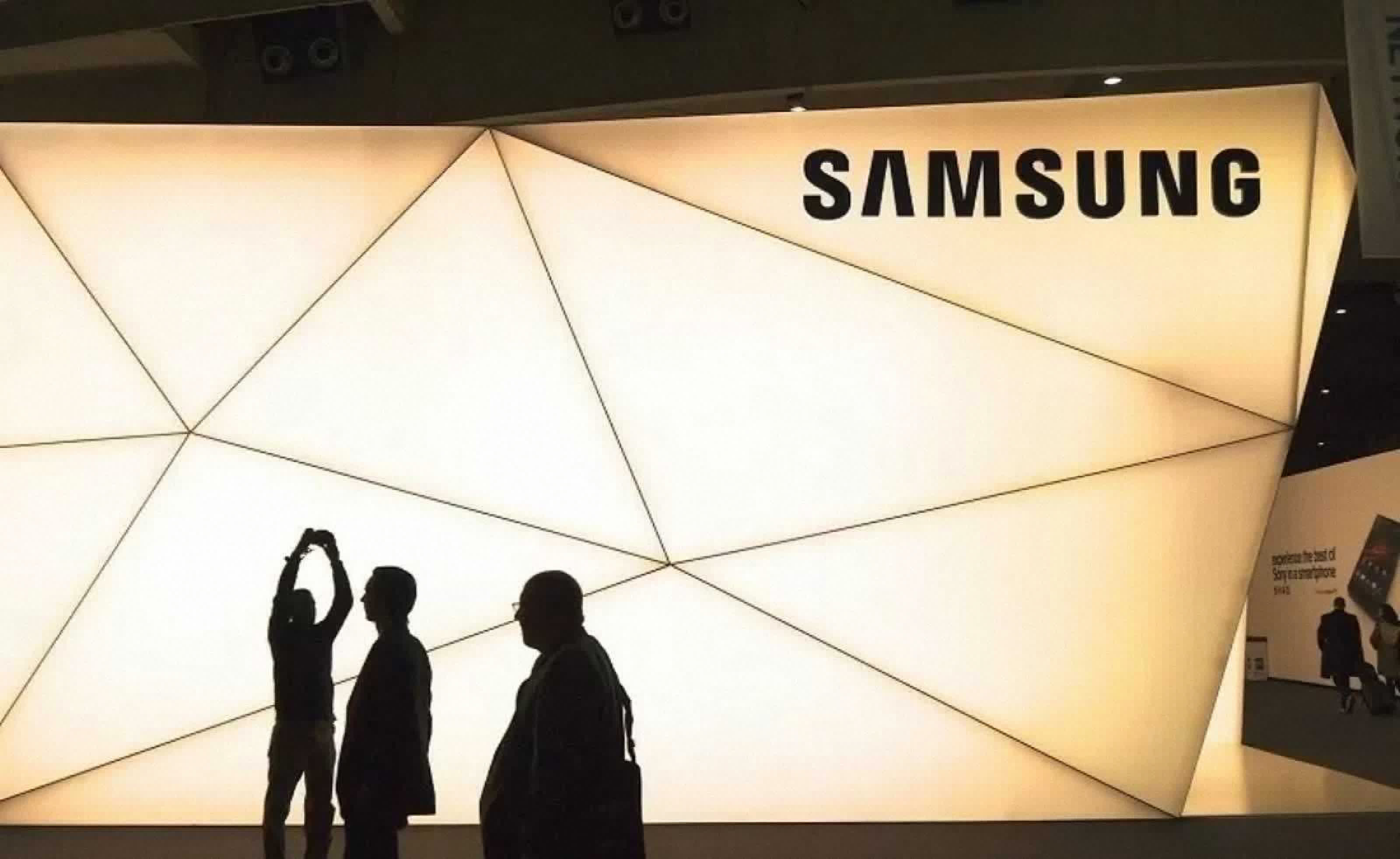Why it matters: High demand for chips, displays, and foldable smartphones has helped Samsung post better-than-expected financial results for the third quarter. The company believes the ongoing chip shortage will persist until the second half of next year, but there are signs it could improve from that point onwards.

Samsung’s latest financial report is in, and it looks like the company is doing fine despite the ongoing crisis that’s affecting the tech supply chain. In the three months ending in September, Samsung recorded revenues of 74 trillion won ($63.2 billion). That’s a 10 percent year-over-year increase, but profits saw a more impressive 26 percent boost from last year, totaling 15.82 trillion won ($13.5 billion) for the quarter.
A huge contributor to these financial results has been the unrelenting demand for everything powered by advanced chips. Samsung’s semiconductor business provided the lion’s share of the company’s revenue and profits, as many people and businesses have been forced to transition to working and studying from home. Prices for semiconductors have been steadily rising over the past 18 months, which is why Samsung’s profit from its memory unit almost doubled to 10.06 trillion won ($8.6 billion) on sales that grew 46 percent when compared to the same period of last year.

The Korean tech giant says it also saw strong demand for foldable phones like the Galaxy Z Fold 3 and the Galaxy Z Flip 3, as well mid-range and entry-level phones. The company has been pouring a lot of resources into its foldable phones over the past few years, and it appears that gamble is starting to pay off.
The display panel business also recorded a 21 percent year-over-year increase to 8.86 trillion won ($7.6 billion), mostly thanks to small panels sold to phone makers and medium-sized panels that went to tablet and laptop manufacturers. Meanwhile, the large display business is still bleeding money due to a decline in prices for LCD panels.
Han Jin-Man, who is the executive vice president of Samsung’s memory business, said during an earnings call that he believes the ongoing chip shortage could begin to “somewhat ease” in the second half of 2022. Han explained the problem isn’t one of capacity but rather one of delivering advanced memory and server chips that are needed for data center expansions around the world. Samsung has high hopes for DDR5, but the company is also weary that a prolonged delay in the arrival of Intel’s Sapphire Rapids platform could affect demand, which would send prices on a downward trend.
Moving forward, Samsung is pouring billions into expanding its chip manufacturing capacity, which it aims to triple by 2026. Analysts are forecasting that chipmaking will remain a major growth driver for the company in the coming years, with a projected annual revenue growth rate of 26 percent until 2026.
https://www.techspot.com/news/91974-samsung-earnings-reach-new-record-thanks-high-demand.html